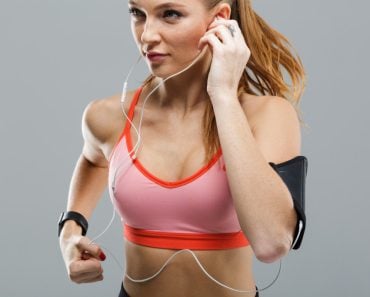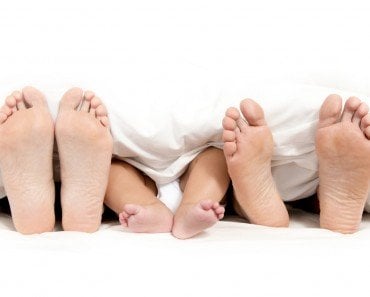Table of Contents (click to expand)
Heat is a form of energy that is used to provide comfort and relief from pain. Heat therapy has been used as a home remedy for pain relief for a very long time. Heat has a number of benefits, including increasing blood flow, loosening muscles, and blocking pain receptors on cells. Heat therapy is effective for a number of different types of pain, including menstrual cramps, exercise pain, and muscular injuries. However, it is important to note that heat should not be used on injuries that have broken the skin.
Heat provides a number of benefits like increasing blood flow, loosening muscles, etc. It also blocks the pain receptors on cells, thus providing comfort.
Heat has been used as a home remedy for pain for a very long time. Except for injuries that break the skin, heat therapy is used for various pains, including exercise pain, period pain, muscular injuries, etc. It is also recommended for patients suffering from rheumatoid arthritis. However, does heat have only a placebo effect, or does it provide relief on a molecular level?
Recommended Video for you:
Muscle Pain
Heat is specifically used in cases of muscular injury or pain. These can occur for various reasons. For instance, menstrual cramps occur due to the muscles of the uterus contracting. After a workout, muscles become sore and ache due to microtears in them. As scary as that sounds, microtears are essential to help the muscle grow. Over-distension of muscles and the shortage of blood cause them to ache.
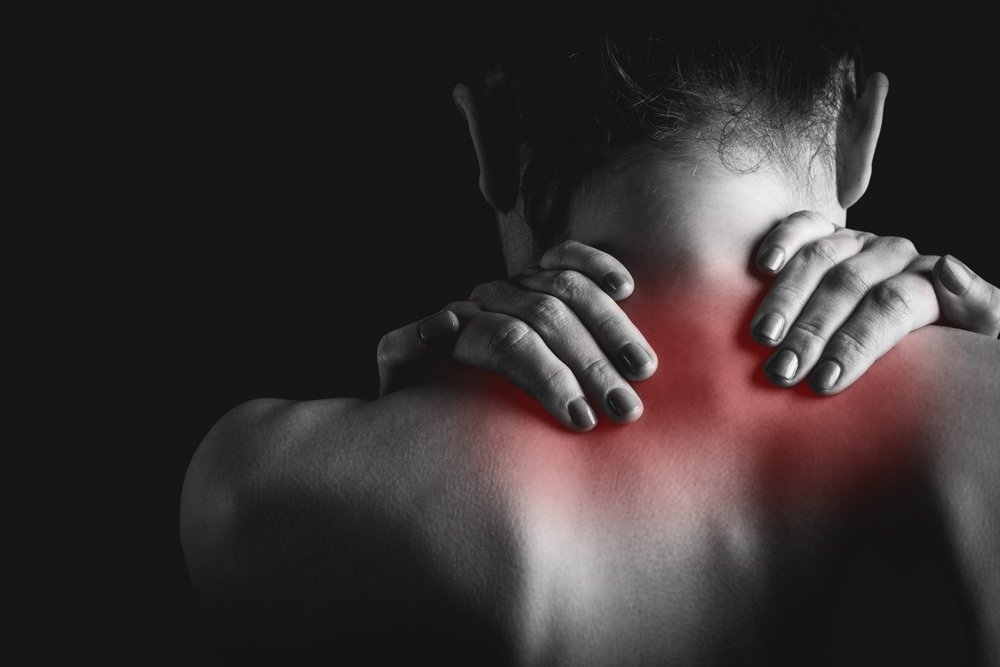
In these instances, heat is considered a source of quick relief. It is often believed to only have a placebo effect though. However, it has been proven that heat does provide more than psychological relief.
Heat Therapy
Heat brings about a number of effects that can collectively help the muscles. For starters, heat causes vasodilation. This is the dilation or widening of blood vessels, which increases the blood flow to that part of the body. Increased blood flow has a number of benefits. For a muscle injury, increased blood flow helps in removing debris and preventing the build-up of harmful substances, such as lactic acid, etc. It also speeds the healing by bringing more nutrients and oxygen to the damaged part of the muscle.
In the case of muscle spasms, the heat helps in loosening knots and relaxing the muscles. This is especially effective for sore muscles and stiffness.
There is another very important effect of heat therapy. Our body has receptors for heat, cold, pain etc. Research has proven that temperatures over 40°C/104F activate heat receptors and block the P2X3 pain receptors. Due to this, we are unable to sense the pain anymore.
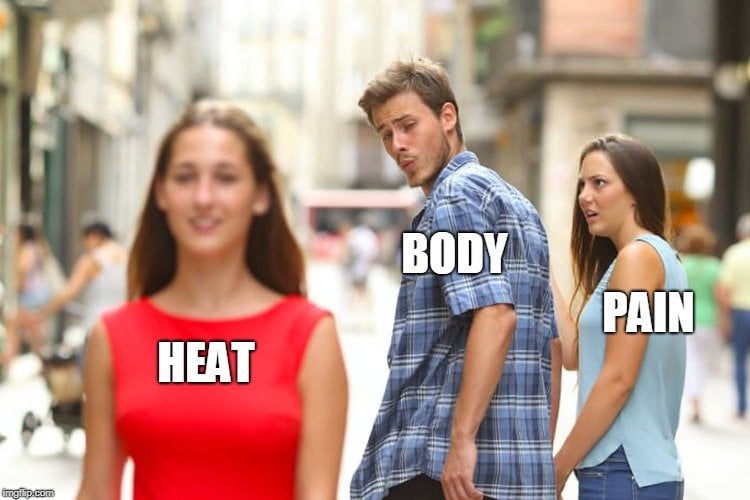
ATP (adenosine triphosphate) molecules released by damaged cells or tissues activate the pain receptors on cells. When the heat receptors are activated, they block the pain receptors. Therefore, even though ATP is released by the damaged or dying cells, it doesn’t trigger the sensation of pain
This is similar to the effect that painkillers have on our body. This proves that heat can actually provide relief on a molecular level. This also sets the groundwork for improving the quality of painkillers.
Precautions
However useful it is, certain points must be kept in mind when using heat as a painkiller. Our body is maintained at an average temperature of 37°C/98.6F. Therefore, if the temperature of the heating bag/tool is very high, it can cause burns. The temperature of the heating apparatus should be carefully monitored, and your skin should be checked regularly.
Heat therapy should not be used within 48 hours of an injury, and neither should it be used where the skin has broken. This is because it will lead to excessive bleeding, as heat dilates the blood vessels. It is also advisable to use it frequently for short periods of time, rather than using it for a long period.
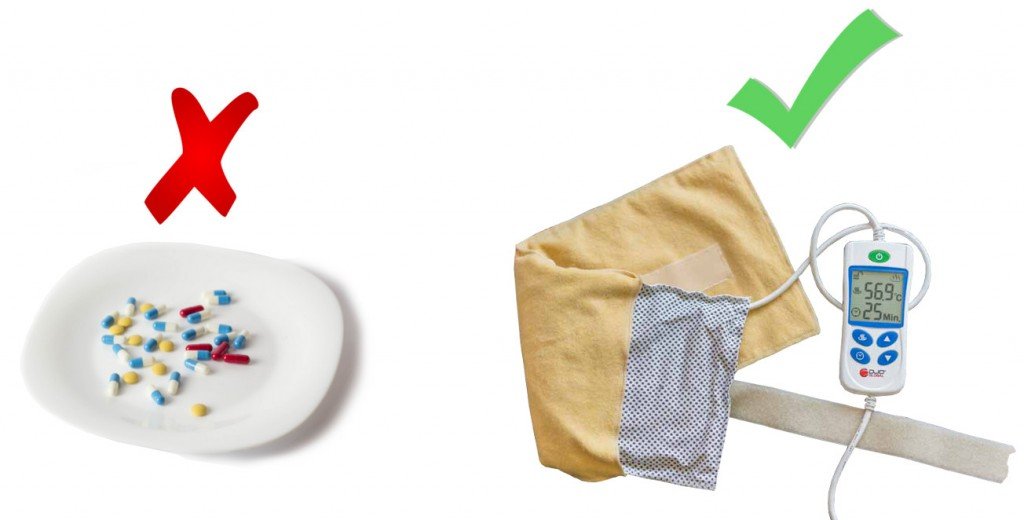
Heat provides short-term relief, but is a safer and more efficient substitute for painkillers. It can be used even in the case of chronic pain. Moist heat can penetrate easier than dry heat, although it isn’t always the more convenient option. It can be used in a number of ways, including the use of heating pads, hot water bags, towels dipped in hot water, etc. So, the next time your back aches or your muscles are feeling sore, you can safely ditch the painkillers and grab a heating bag instead.



